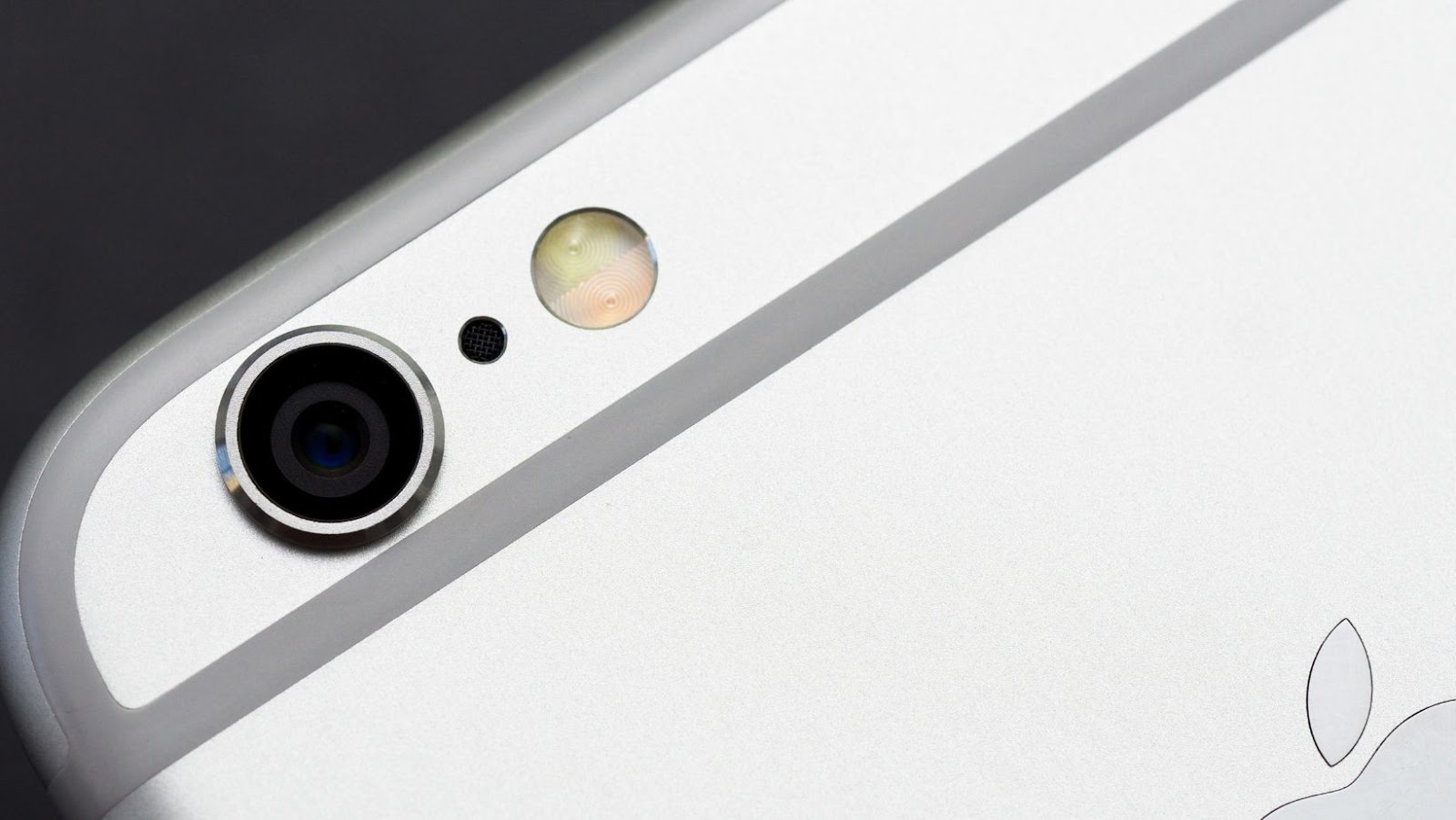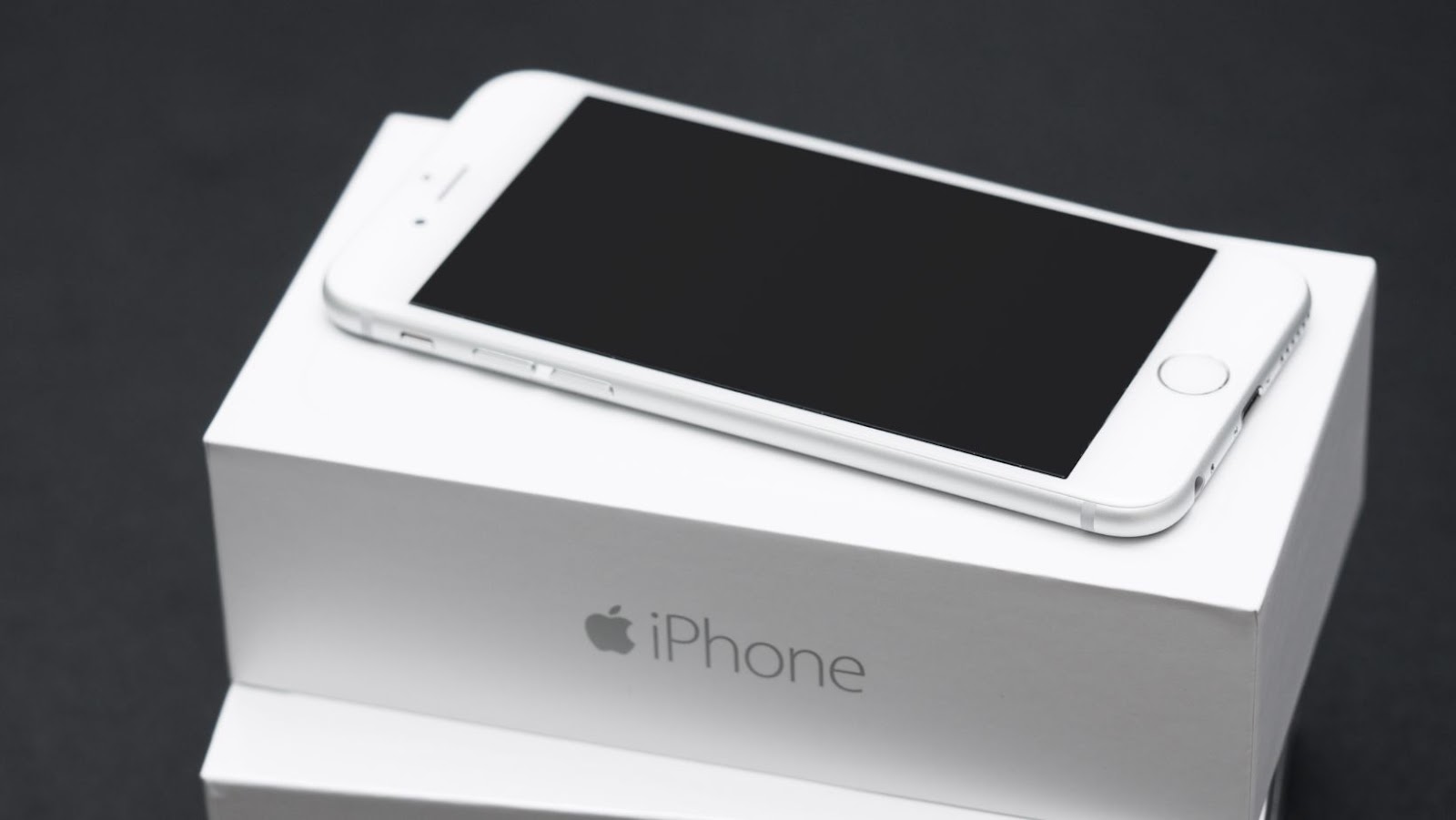 Introduction
Introduction
The newest iteration of the iPhone, the iPhone 14, has now arrived, with many users and fans looking forward to its release. One of the newest version’s most interesting and notable features is that it uses the same Apple A14 Bionic chip as its predecessor, the iPhone 13. This means that unlike in previous years when models were released and the processor would often be upgraded or enhanced to allow for greater performance, that is unnecessary as the technology was already developed and made available on last year’s model.
In this article, we’ll examine why Apple has stuck with this same chip in its newest device and what factors might have led to this decision. We’ll also consider what benefits customers can expect from accessing one of Apple’s best chips yet while still enjoying components found in their earlier releases.
The A14 Bionic Chip
Apple’s A14 Bionic Chip is the same chip used in the iPhone 14 and 13. This is because the iPhone 14 is a base model and the A14 Bionic Chip is the latest and most powerful chipset. As a result, the A14 Bionic Chip has become a significant part of the iPhone 14’s hardware and is the main reason it has such a solid performance.
Let’s explore the features of the A14 Bionic Chip in greater detail.
A14 Bionic Chip Specifications
The A14 Bionic Chip is the Apple-designed processor for the base model iPhone 14 and it offers amazing speed and power. It’s a huge leap forward from the A13 chip in the iPhone 13, and it delivers industry-leading performance in a single package. In addition, the 6-core CPU architecture allows for stunning graphics performance, extremely efficient machine learning, and even further neural acceleration than previous iPhones.
At its core, the A14 Bionic Chip is built on 5nm process technology. It has over 11.8 billion transistors—representing 40 percent more than its predecessor—resulting in a maximum clock speed of 5GHz while remaining extremely power efficient. Plus, the four high-performance cores are 50 percent stronger than ever, allowing up to 40 percent faster performance in apps like photo editing or gaming compared to earlier chipsets.
The A14 Bionic Chip also features an 8-core neural engine capable of performing 11 trillion operations per second! This allows for more realistic camera images – including portrait mode with 4K HDR video capture – and more time saved by accurately recognizing faces in photos, faster speech recognition and natural language processing with Siri, and powerful machine learning tasks such as navigation mapping. Additionally, it integrates an advanced image signal processor (ISP) capable of sophisticated pixel adjustments that enable zero shutter lag photography and cinematic stabilization when taking videos or capturing time lapses!
Performance Comparison of A14 Bionic Chip
The A14 Bionic chip in the standard iPhone 14 model is the same advanced processor chip found in the iPhone 13. However, this powerful and efficient 6-core CPU offers even faster speeds than its predecessor, with 25% more power and 50% more efficiency than the A13 Bionic Chip. In addition, it features a 16-core Neural Engine focused on machine learning activities and an 8-core GPU for more sophisticated graphics performance. This allows you to run powerful machine learning models on your device for fast and efficient processing with minimal energy use.
Performance comparisons between A13 Bionic Chip and A14 Bionic Chip show that the Apple A14 chip offers up to a 20% performance improvement across all tests, especially compared to devices using older processors like Qualcomm Snapdragon 765G or Huawei Kirin 820 5G. Benchmark tests also indicate that single-threaded applications enjoy an 11 percent performance boost over its predecessor thanks to improved core architecture. Additionally, the new power management system in the A14 enables longer battery life between charges while still providing top-tier performance compared to competitors.
Overall, this new Apple chip provides exceptional processing power while running complex tasks quickly and efficiently – making it an ideal choice for gaming and professional apps. So whether you’re after stunning visuals in your latest game or require lightning-fast speeds and solid reliability for work tasks, the Apple A14 Bionic Chip certainly fits these needs!

How the base model iPhone 14 uses the same chip as the iPhone 13
The base model iPhone 14 uses the same A14 Bionic chip as the iPhone 13, which is a testament to the continued longevity and performance of the Apple processor.
The A14 Bionic chip is known for its power and energy efficiency, offering a range of features from improved graphics performance to machine learning capabilities.
In this article, let’s explain how the iPhone 14 uses the same A14 Bionic chip as the iPhone 13.
The A14 Bionic chip is Apple’s latest and most powerful processor, and it powers the iPhone 14. It uses an advanced 5nm architecture that enables new features designed to make your phone more efficient than ever before. This is one of the reasons why people are excited about the new release.
The A14 Bionic chip has six cores — two high-performance and four high-efficiency cores — that can be used depending on your device. The two performance cores allow tasks like gaming and augmented reality apps to run smoothly, while the four efficiency cores help conserve energy when using less demanding tasks. It also features a Neural Engine for faster machine learning when using certain apps or processing photos or videos, which can speed up productivity tasks!
Additionally, this chipset includes 8GB of RAM, giving users plenty of storage space to store their files without worrying about running out of memory too quickly. And software like iOS 14’s App Clips feature makes it easier to access app functionality without having to download them first.
For everyday usability, this processor offers much higher performance over previous generation iPhones due to its architecture and integration with iOS 14’s updated features – giving you faster facial recognition unlock times, improved camera performance when taking photos or videos, a longer battery life for extended multitasking sessions and more immersive experiences for gaming apps that support augmented reality capabilities. In addition, the A14 Bionic chip truly elevates the iPhone 14’s experience by providing enhanced processing power at a fraction of its size compared to competing processors from other brands.

How the A14 Bionic Chip is Used to Improve Performance
The A14 Bionic chip promises major performance improvements while maintaining the look and functionality of the popular iPhone 13. Apple has developed this next-generation chip to power the iPhone 14, offering faster speeds, longer battery life and innovative features.
The A14 Bionic chip is the most powerful processor Apple has put in a phone. It uses a 5nm architecture, with six cores ― four high-power and two energy-efficient cores ― that are 50 percent faster than the previous generation of iPhones. This allows for greater multitasking capabilities; switch between apps quickly, open large files without impacting overall performance, play games without experiencing any lag or stuttering, and enjoy an all-around smoother experience on your device.
In addition to its powerful processing capabilities, the A14 Bionic chip offers advanced machine learning capabilities through its Neural Engine. This lets your device recognize facial expressions or objects in photos or videos — crucial in augmented reality applications like gaming—and enables voice recognition for Siri requests. And it’s also 20 percent faster than last year’s chip so it can work with less battery capacity.
Finally, Apple says their GPU in the new A14 Bionic chip will offer a 40 percent improvement in graphical performance over the last generation chipset. In other words? You’ll be able to play more graphically intensive games on your phone without any lag or stuttering no matter which model of iPhone 14 you’ve purchased!

How the A14 Bionic Chip is Used to Improve Battery Life
The iPhone 14 includes the A14 Bionic chip from Apple which uses the latest technology to deliver improved battery life and better performance. The A14 Bionic is a seven-nanometer chip specifically designed for mobile devices, enabling it to consume less power than older chips while still delivering maximum performance.
The A14 Bionic also introduces ‘Neural Processing cores’, which run Artificial Intelligence (AI)-related tasks while consuming less power than previous chips. Apple’s Neural Engine allows the chip to perform advanced image recognition tasks quickly and accurately while consuming less power than older chipsets. This helps with face recognition, voice recognition, and other features that require advanced image processing.
The A14 Bionic also features a redesigned GPU core, allowing it to process graphics commands faster and more efficiently. This helps improve battery life by ensuring that tasks such as gaming or augmented reality apps are more efficient on the iPhone 14 than earlier devices.
Overall, adding the A14 Bionic chipset helps improve battery life on both the base model and versions of the iPhone 14, allowing users to enjoy improved performance with longer periods between charges.
Conclusion
In conclusion, the base model of the iPhone 14 uses the same A14 Bionic chip found in its predecessor, the iPhone 13. This is a remarkable achievement by Apple, since users can expect similar performance from both phones, with minor improvements due to better overall efficiency of components and new features.
This is quite impressive since this means that users of both phones can get similar features even with a lower budget, making it more attractive for those looking for high-end performance without breaking the bank. In addition, developers will be able to take advantage of these same components making their apps easier to port across models and simplifying their development workflow.
Overall, Apple’s decision to keep the same chip in both models was one made to ensure that users could enjoy a near-identical experience while taking advantage of new features and modest performance gains from better overall component efficiency.

 Introduction
Introduction